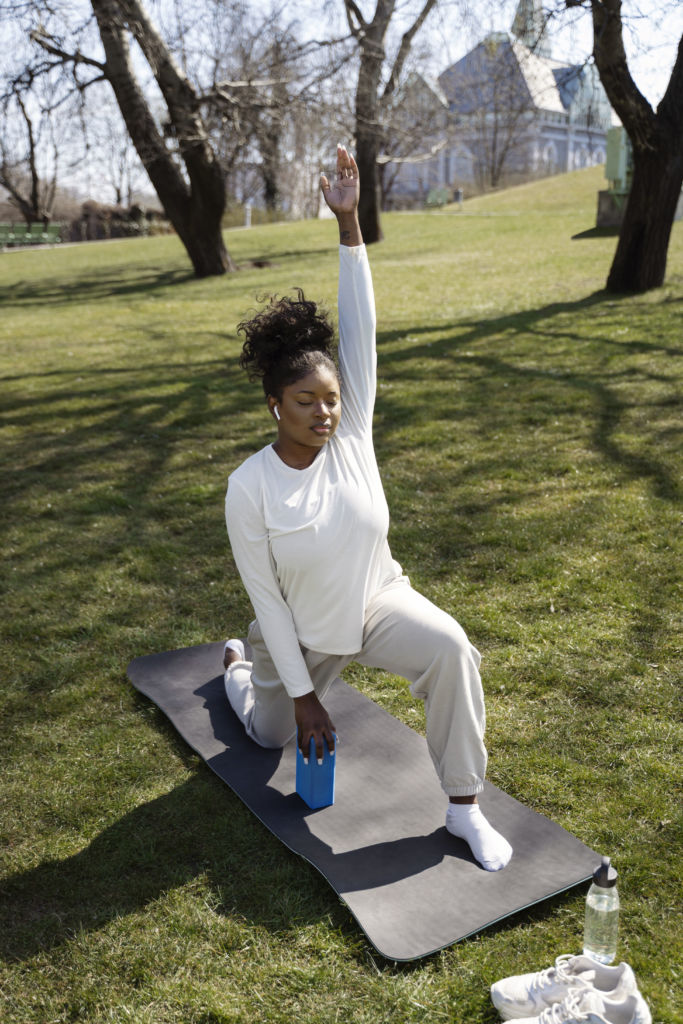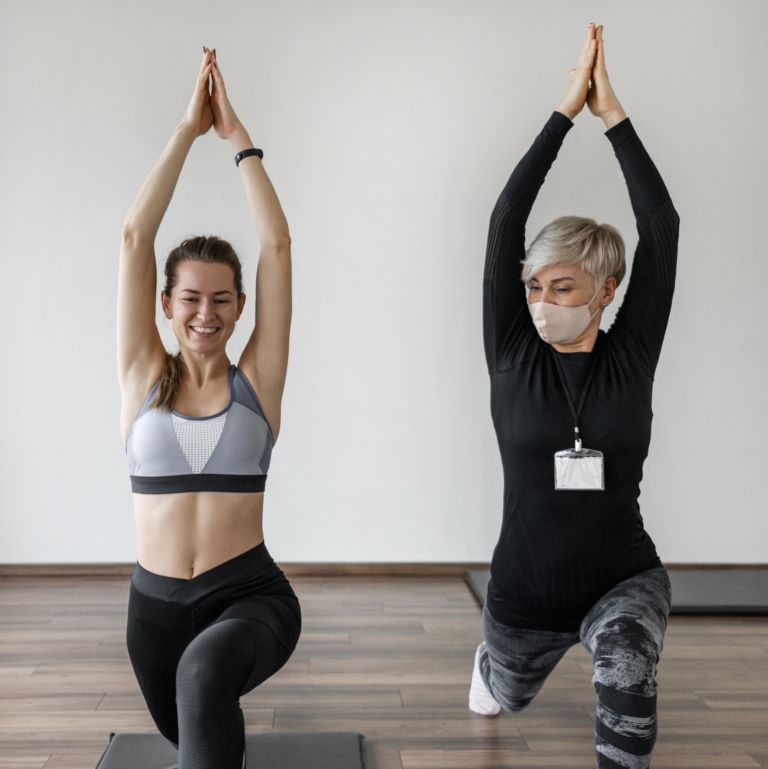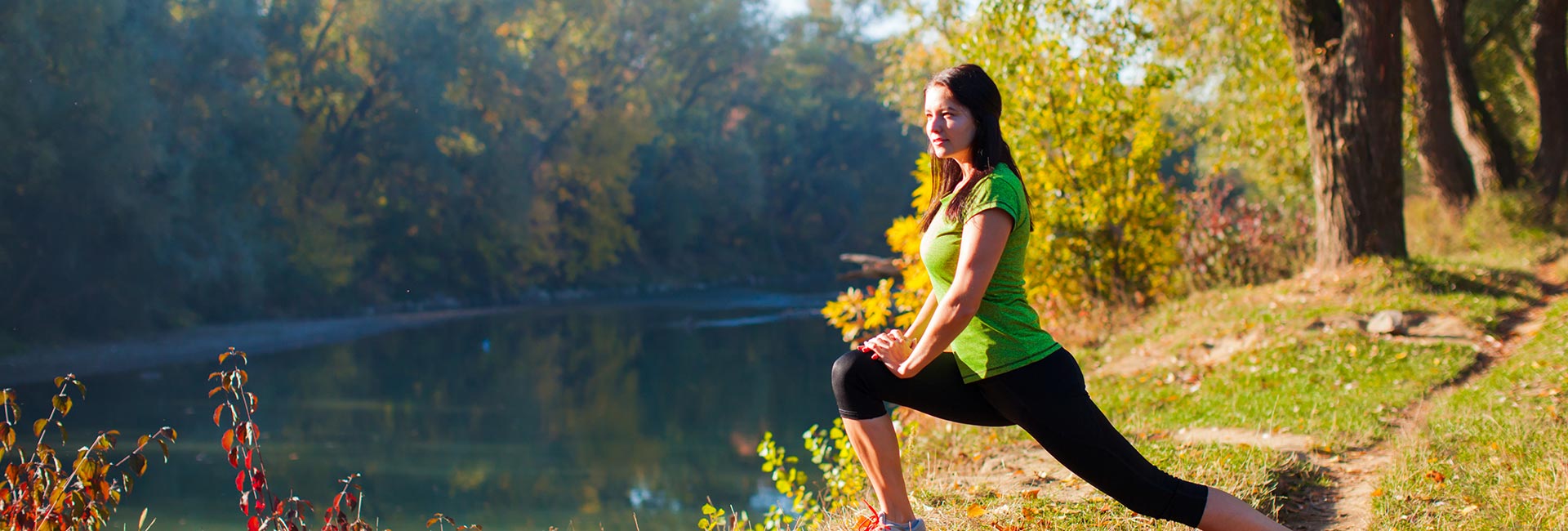Incorporating yoga with physical therapy
Yoga has been revered as one of the best overall exercise practices that are safe when performed correctly and within one’s own limits. The practice of yoga includes meditation, relaxation, control of breath, and various physical postures (asanas) that encourage stability along with mobility. The balance between strength and length is unique to every individual. When yoga asana is performed regularly, it is believed to develop balance that supports individuals in their daily lives and leads to improved health and a feeling of well-being.
In physical therapy, we often expound on the “pillars of fitness” to our patients so that they can appreciate the importance of incorporating measures of flexibility, strength, balance, and cardio endurance regularly in order to stay healthy and have a proactive way to avoid injury when possible. As physical therapists, we partner with our patients to restore these pillars if an injury does occur.
A compliment of manual therapy intervention and exercise facilitates greater ease in functional mobility and strength. Many physical therapy exercise instructions replicate or flow from variations of yoga asanas.
As we near completion of a course of PT care, we often suggest patients explore a yoga practice where they can find support in maintaining their flexibility, strength, and balance. We reinforce to our patients that these are only some of the physical benefits of a regular practice given the impact of yoga breathing on calming the nervous system and decreasing stress as well as the potential mental, emotional, and spiritual benefits.
Improving well-being with yoga
Yoga is more than just striking a pose. Thoughtfully assuming yoga postures is as important as doing the same movements repeatedly; even the most basic postures, when performed out of alignment or beyond the capacity of the individual, stress the body and can lead to injury.
Yoga affords an opportunity to get to know your body. Many individuals lack the awareness of what something is supposed to feel like when in alignment. Our daily lives, specifically habitual postures, often lead to imbalances and accommodation to the demands of the environment.
Surya Namaskar, or Sun Salutation, warms, strengthens and aligns the entire body. The Sun Salutation is a series of poses performed in a sequence to create a flow of movement with your breath as a guide. Each pose is coordinated with breath: inhale to extend, and exhale to bend.
Aside from being a great way to ease into a yoga practice, the range of asanas involved in a Sun Salutation sequence is designed to open up all areas of the body and leave you feeling more balanced by the time you reach the final stretch.

The Sun Salutation’s combination of spinal flexion (forward bending) and extension (backward bending) affords a brilliant opportunity to bring balance to spinal and full-body movement that PTs emphasize daily with our patients and ourselves. The “closing” and “opening” of our bodies through the Sun Salutation creates a dynamic flow of movement that allows exploration of what is physically possible. Additionally, it guides the discovery of a “neutral state” between our extremes, which helps support our body structure against its own weight and gravity and protects against injury – a primary goal for PTs and patients alike.
How to perform a Sun Salutation
- Begin in Mountain Pose (Tadasana) by standing at the top of your mat with your feet hip distance apart. Feel the four corners of the feet connected—big toe, little toe, outside edge of the foot, and the heel. Stand with a small bend in the knees, spine tall, arms by your side, and palms facing forward (this will encourage the release of shoulders back and down). Inhale and exhale here to begin your Sun Salutation.
- Inhale to Upward Salute (Urdhva Hastasana). Arms reach over your head, and your heart should be lifted to honor the sun.
- Exhale to Forward Fold (Uttanasana). Hinge forward from the hips, leading with the heart center toward the floor, knees very slightly bent, allowing the upper body to rest against the legs.
- Inhale to Low Lunge (Anjaneyasana). Step one foot back, [front] knee over ankle where possible, lift heart center, hips forward, arms can vary—[either] fully extended to the sky, halfway, or at heart center.
- Exhale to Plank Pose (Phalakasana). Place your wrists under your shoulders, straighten your knees, and lift and engage your core to support your spine. Your upper back should be open, pressing the floor away.
- Inhale to Low Plank. Lower down slowly from pushup position toward floor.
- Inhale to Upward Dog (Chaturanga Dandasana). Your knees should be down or lifted, elbows hugging your ribcage, chest close to the mat, and gaze pointing downward.
- Exhale to Downward-Facing Dog (Adho Mukha Svanasana). Depending upon individual hamstring length, knees may be partially bent working toward straight, heels pressing toward the mat, chest facing your thighs, tailbone lifted, spine straight, and head relaxed in line with the biceps.
- Step up to top of the mat and pause as you return to Mountain Pose (Tadasana).
Practicing yoga can improve well-being. Recognition of, and evidence for, incorporating the use of yoga into physical therapy is growing. If you decide to interweave yoga into your physical therapy routine, and you begin performing various asanas, it is important to follow a few simple rules.
- All asanas are done in combination with breath control
- Force is never used to assume a posture
- Asanas are done at one’s own pace
- Asanas should not be practiced to the point of fatigue
- Asanas can be modified or assisted as necessary
We look forward to being a part of your healthcare team.
When blended, the combination of physical therapy and a regular yoga practice can increase improvement in flexibility, strength and balance while also supporting the management of pain and stress. Sun Salutations, in particular, bring balance to spinal and full-body movement that PTs emphasize daily with our patients and ourselves.


